Canada’s economy grew by just 0.1 per cent in June following an essentially unchanged May, according to Statistics Canada.
And preliminary information from the federal agency suggests the economy contracted in July.
StatCan released the latest real gross domestic product (GDP) figures on Wednesday morning.
“Both services-producing (+0.2%) and goods-producing (+0.1%) industries were up, as 14 of 20 industrial sectors expanded in June,” the agency said in its report.
The accommodation and food services sector rose 0.8 per cent as the number of overseas and U.S. visitors entering Canada grew in June.
StatCan said the transportation and warehousing sector edged up 0.1 per cent after four months of strong growth. Widespread growth across subsectors was largely offset by a decline in the rail transportation subsector, when volume of goods moved by rail decreased.
June marked a fifth consecutive month of growth for arts, entertainment and recreation, which increased 1.8 per cent.
Meanwhile, StatCan said the Bank of Canada’s latest interest rate hike on June 1 further affected industries sensitive to interest rate movements.
The real estate and rental and leasing sector saw a fourth consecutive month of decline, down 0.1 per cent. Activity at the offices of real estate agents and brokers dropped 5.3 per cent as the rising cost of borrowing further dampened home resale activity.
The construction sector decreased 0.4 per cent, down for the third month in a row, with residential and non-residential building construction contributing the most to the decline.
The agriculture, forestry, fishing and hunting sector rose 1.5 per cent in June, led by an increase in crop production, which rose 3.8 per cent.
GDP climbs 0.8% in Q2
Overall, GDP grew by 0.8 per cent in the second quarter, marking the fourth consecutive quarterly increase.
StatCan said increased business investment in inventories, non-residential structures, machinery and equipment, and household spending on services and semi-durable goods drove the increase.
Declines in housing investment and household spending on durable goods moderated growth, along with a rise in imports that exceeded exports.
Meanwhile, StatCan said preliminary information suggests the economy edged down by 0.1 per cent in July.
“Output was down in the manufacturing, wholesale, retail trade and utilities sectors. Declines were partly offset by increases in the mining, quarrying, oil and gas sector and the agriculture, forestry, fishing and hunting sector, said the report.
Those numbers will not be confirmed until the next GDP update in late September.






Comments